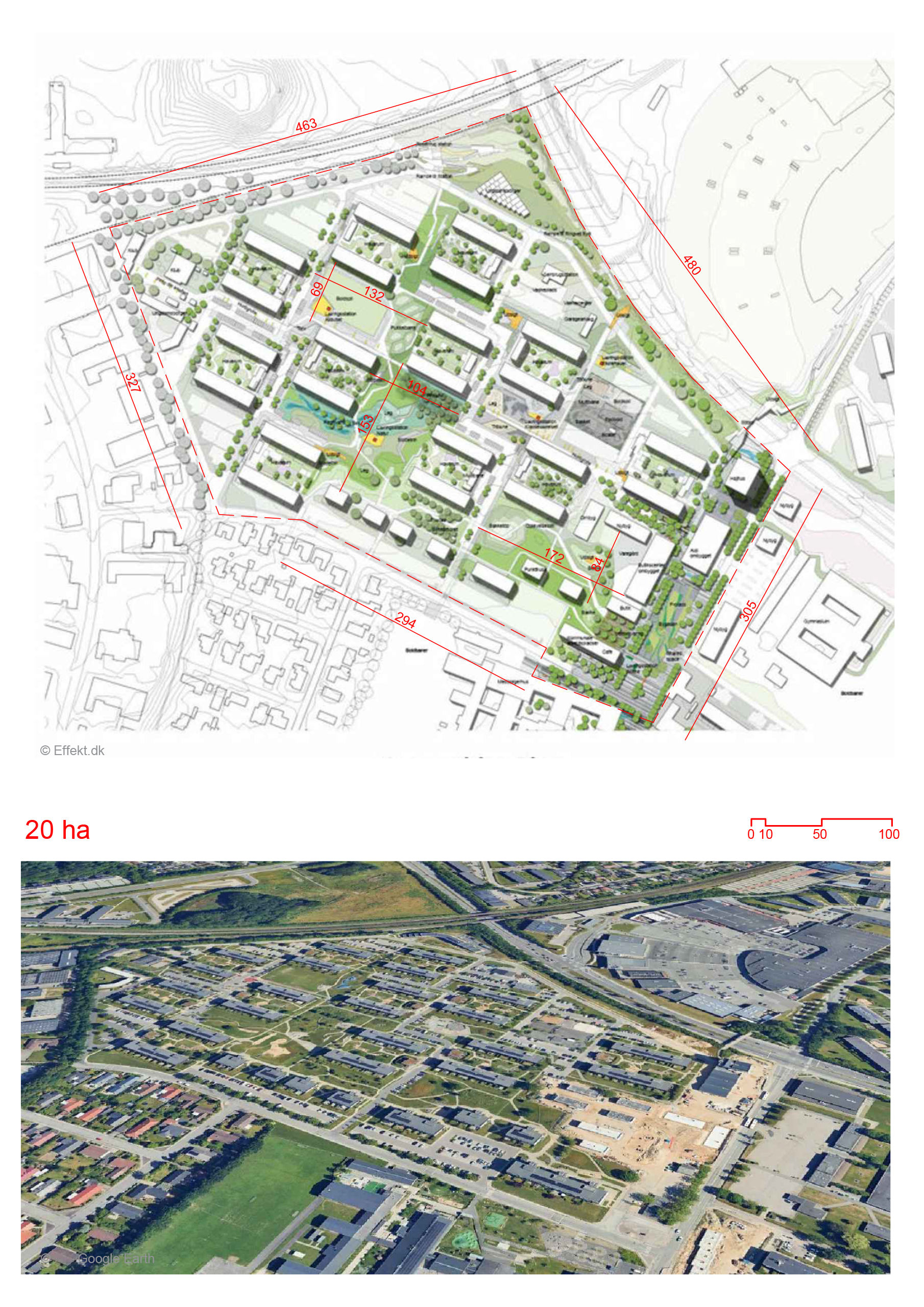
Details
Views:
814
Tags
Data Info
Author
HILDING EKELUND
City
Helsinki
Country
Finland
Year
1952
Program
Co-Housing
Technical Info
Site area
160000 sqm
Gfa
0
sqm
Density
0 far
Population density
4800
inh/ha
Home Units:
545
Jobs
0
Streetsroad:
0
%
Buildup:
0
%
NonBuild-up:
0 %
Residential
0 %
Business
0
%
Commercial
0
%
Civic
0
%
Description
- Olympiakylä is a suburban residential area that was originally built for the 1940 Olympic Games in Finland.
- Interrupted by the war, the Games were cancelled and re- scheduled to the year 1952. Hence Olympiakylä was handed over to residents after this, without having been used by athletes. It was decided that new settlement would be constructed in 1952 near Olympiakylä to house athletes.
- Olympiakylä was designed to be affordable housing that was sustainable and well-lit. This was in contrast to dark dwellings that were common during the time.
- It is the first unified cooperative housing project in Finland. It was the first residential area that was designed and built according to a unified plan. It helped alleviate housing shortage at the time.
- 45 linear residential buildings with sloped roofs and slatted construction are placed around the site.
- Ample green space separates the narrow apartments buildings, creating well-lit flats with no central dark areas. Various balconies open out to the green surroundings providing views of the landscape. The buildings are only 10.5-11m wide.
- The orientation of the blocks considers the terrain as well as wind direction.
- The design is based on functionalist principles which encourage the design of the building’s form, material and elements to be practical and follow function.
- The site has existing rocky terrain which has been preserved where possible. A central park area showcases the rocky landscape of the site.
- Most of the apartments were 2-3 bedrooms with areas ranging from 17-88 sqm.
- The greenery between the buildings consists of native plants like poplars, sirens and midsummer roses.
Location
Sources
Explore more Masterplans
|











